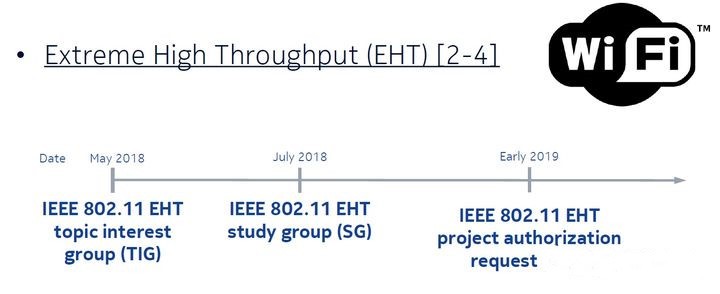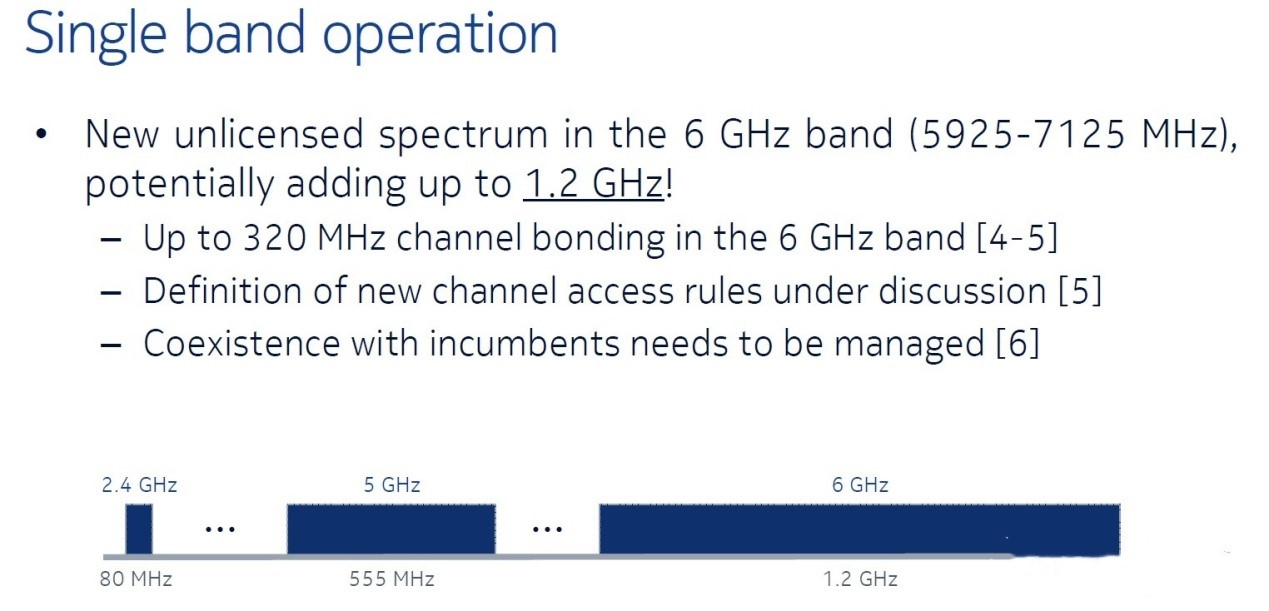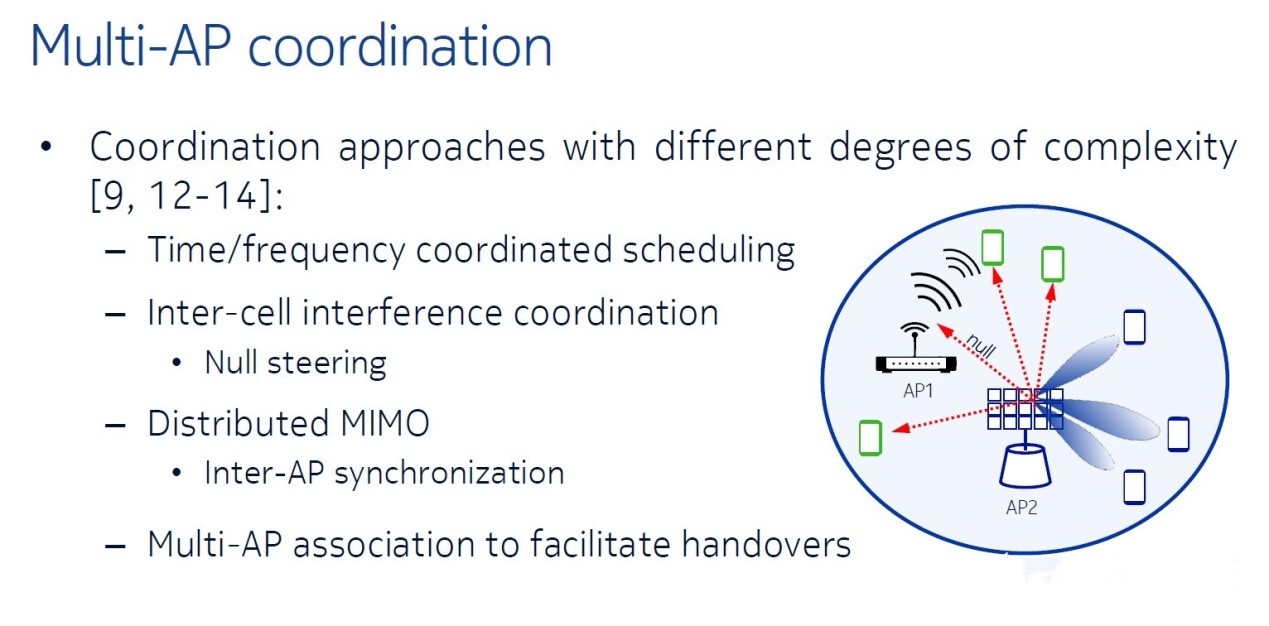Wi-Fi 7 is coming
What is Wi-Fi 7?
Wi-Fi 7 is 802.11https://www.hyxkiot.com/be, the current name of
the protocol group is IEEE 802.11 EHT, EHT means Extremely High Throughput
(compared to 802.11ax for HEW, High Efficiency WLAN). In fact, the initial
formation began in May 2018, and the project establishment was in early 2019.
Wi-Fi 7 introduces technologies such as
320MHz bandwidth, 4096-QAM, Multi-RU, multi-link operation, enhanced MU-MIMO,
and multi-AP collaboration on the basis of Wi-Fi 6, compared to Wi-fi 6, Wi-Fi
7 will provide higher data transfer rates and lower latency. Wi-Fi 7 is
expected to support up to 30Gbps throughput, roughly three times than Wi-Fi 6.

The protocol of Wi-Fi 7 has five main features: Single-band operation, Multi-band operation, Spatial multiplexing, Multi-AP coordination, and Link adaption.
1. Single-band operation

Single-band operation, on the one hand, further introduces 6GHz channel (in Wi-Fi 6, 6GHz channel has been allowed to be used, but the product has not kept up), and provides higher channel bandwidth (320MHz in the figure above). On the other hand, there is also the optimization of the MAC layer connection mechanism, which may be combined with 16SS technology. Although Wi-Fi 7 does not explicitly say that Massive MIMO technology will be introduced, the number of antennas will change from 8SS, to 8 in the 802.11ax era. The number of beams has been increased to 16 beams, which has initially entered the category of Massive MIMO. So in the Wi-Fi era, the number of antennas will increase more. The rest still need to design the mutual compatibility between the protocols, but this part belongs to the details of the protocol, and the general research protocol is concerned.
2. Multi-band operation

Its RSDB technology, allows terminals to use separate channels at the same time, such as using 2.4GHz, 5GHz, and 6GHz channels at the same time. In traditional 802.11, only APs can be used in parallel, while in RSDB, terminals can be used in parallel. Of course, this name will not be used in Wi-Fi 7, but the technical essence is similar. The current RSDB is only supported by the hardware, and many functions are set by the manufacturer. In Wi-Fi 7, it is possible to further specify how these channels are used simultaneously and to solve some related problems.
3. Spatial multiplexing

Spatial multiplexing, the first is 16SS, which supports up to 16 beams, and can provide 16*16 MU-MIMO transmission, which is an initial step into the category of Massive MIMO. In addition, the NDP process is optimized. In the current 802.11 protocol, the NDP process is used to measure the channel technology, and then calculate the precoding matrix required by MIMO. The measurement process is that after the AP sends an NDP-A and an NDP frame, a polling-like manner is adopted, and one node is fed back one by one. In Wi-Fi 7 (ie 802.11be), multiple nodes are allowed to feedback the coding matrix at the same time (ie beamforming feedback). The technology used for this should be similar to the technology of sending MU-RTS in 802.11ax, and then nodes concurrently feeding back CTS. It is also an extension based on MU-MIMO technology. This can improve the working efficiency of MU-MIMO.
4. Multi-AP coordination

Multi-AP coordination This may be a key point in Wi-Fi 7. About the cooperation of multiple APs. Currently, in the working mode of 802.11, there is actually no cooperation between APs. The existing cooperation defined by some manufacturers is only to optimize the selection of channels, so as to avoid conflicts between APs. The biggest benefit brought by AP cooperation is the distributed MIMO formed between APs. Two different APs can provide MIMO transmission functions for one node, which can greatly improve the efficiency of spatial multiplexing. However, under this technology, the cooperative communication channel between APs is content that needs to be carefully designed. At present, the way of AP collaboration is through the CAPWAP tunnel, wired to the WLC, and further collaboration. However, this method requires all APs to be wired to a common controller. However, as we discussed at the beginning, if this is done, the use of Wi-Fi 7 requires multiple Wi-Fi 7 routers to take effect. . Therefore, whether it is possible to communicate between APs through wireless means, and then cooperate to generate distributed MIMO, is the key design content in Wi-Fi 7.
5. Link adaption

In fact, what is discussed here is HARQ. HARQ technology has actually been introduced in LTE, where we can call it soft combining technology. Using HARQ, we can combine two wrong data frames into one correct data frame. Thus, the link transmission efficiency is improved. HARQ can theoretically be implemented by coding means (such as rateless coding), or it can be implemented in other forms. At present, the design scheme of the protocol needs to be paid attention to.
